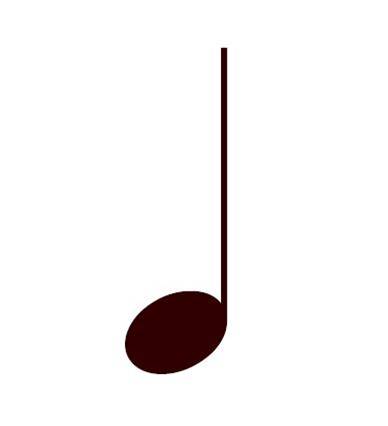This German composer wrote music in the Romantic era and continued to compose even after becoming completely deaf
Ludwig van Beethoven

This note is worth this many beats
One
This Italian term is the musical word for speed
Tempo
This note is on the bottom line of the treble clef
E
This musical symbol raises a note one half-step
Sharp
This instrument belongs to this family
Woodwind
This classical era composer wrote over 600 works, began composing at the age of 5, and is known for composing the children’s song “Twinkle Twinkle, Little Star”
Wolfgang Amadeus Mozart
An eighth note is worth this many beats
One half
This Italian term is the musical word for volume.
Dynamics
This note is on the second space of the treble clef
A

This symbol tells us how many sharps or flats a piece of music has
Key signature
The double bass belongs to this family
Strings
Hip Hop music was reportedly created in this American city
New York

This rest is worth this many beats
Two
This Italian term means "medium loud"
Mezzo forte
This note is on the top space of the bass clef
G
This musical symbol cancels a sharp or a flat
Natural
The timpani is part of this instrument family
Percussion
This keyboard instrument was invented around 1700 and given its name because it could play both loud and soft
Piano (aka Pianoforte)
This note is worth three beats
Dotted half
Crescendo means "becoming gradually ________"
Louder
This note sits in the space below the first line in the treble clef
D

The six stands for this
There are 6 beats in each bar
Two
On Christmas Eve during WWI, a “Christmas Truce” occurred in which both German and Allied soldiers ceased fighting and joined together to sing this song
Silent Night
This note is worth six beats
Dotted whole
The coda is this part of a piece of music
The ending
This note is on the first ledger line below the treble clef
Middle C
This is another name for B-sharp
C
These are five instruments in the brass family
TRUMPET, TROMBONE, FRENCH HORN, TUBA, BARITONE
